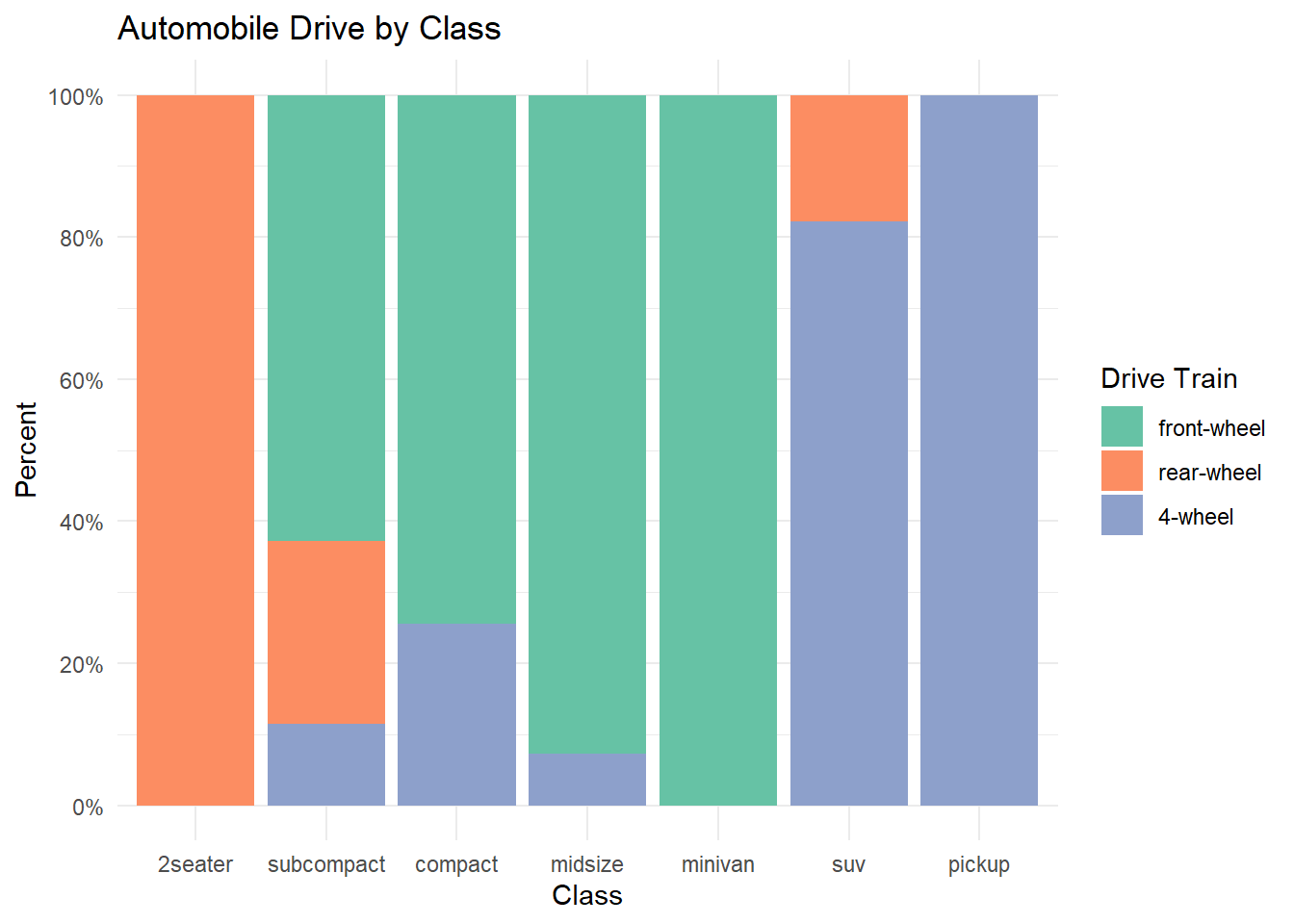

# Note: colour should be categorical, else you will need to reset Pm <- ggpairs(flea, columns = 2:4, ggplot2::aes(colour=species)) 79-91, 2012.Įxamples # small function to display plots only if it's interactive Journal of Computational and Graphical Statistics, vol. John W Emerson, Walton A Green, Barret Schloerke, Jason Crowley, Dianne Cook, Heike Hofmann, Hadley Wickham. Ggmatrix object that if called, will printīarret Schloerke, Jason Crowley, Di Cook, Heike Hofmann, Hadley Wickham If a specific function needs its parameters set, wrap(fn, param1 = val1, param2 = val2) the function with its parameters. If a function is supplied as an option to upper, lower, or diag, it should implement the function api of function(data, mapping. If 'blank' is ever chosen as an option, then ggpairs will produce an empty plot. This option is used when all X data is NA. naĮxactly one of ('naDiag', 'blankDiag'). This option is used for categorical X and Y data. discreteĮxactly one of ('barDiag', 'blankDiag'). This option is used for continuous X data. Each element of the diag list is a string implementing the following options:Įxactly one of ('densityDiag', 'barDiag', 'blankDiag'). This option is used when all X data is NA, all Y data is NA, or either all X or Y data is NA.ĭiag is a list that may only contain the variables 'continuous', 'discrete', and 'na'.

This option is used for either continuous X and categorical Y data or categorical X and continuous Y data. This option is used for continuous X and Y data. The list of current valid ggally_NAME functions is visible in a dedicated vignette. If a string is supplied, it must be a character string representing the tail end of a ggally_NAME function. Each element of the list may be a function or a string. 'continuous', 'combo', 'discrete', and 'na'. Upper and lower are lists that may contain the variables Either NULL (default), numeric value matching respective length, grid:: unit object with matching respective length or "auto" for automatic relative proportions based on the number of levels for categorical variables. Value to change how much area is given for each plot. NULL (default) for a progress bar in interactive sessions with more than 15 plots, TRUE for a progress bar, FALSE for no progress bar, or a function that accepts at least a plot matrix and returns a new progress:: progress_bar. Set this value to NULL to not check factor columns.

Maximum number of levels allowed in a character / factor column. Such as legend = 3 in a plot matrix with 2 rows and 5 columns displayed by column will return the plot in position c(1,2) a object from grab_legend()Ī predetermined plot legend that will be displayed directly Provides the location of a plot according to the display order. Such as legend = c(3,5) which will use the legend from the plot in the third row and fifth column a single numeric value Provides the location of the plot to use the legend for the plot matrix's legend. The legend position can be moved by using ggplot2's theme element pm + theme(legend.position = "bottom") a numeric vector of length 2 May be the two objects described below or the default NULL value. TRUE or FALSE will turn all strips on or off respectively. NULL will default to the top and right side plots only. Can also be set to "both"īoolean to determine if each plot's strips should be displayed. If "y", the right-hand side labels will be displayed to the left. If "x", the top labels will be displayed to the bottom. By default, the labels are displayed on the top and right of the plot. Common values are "label_value" (default) and "label_parsed". Please see wrap_fn_with_param_argĮither "show" to display axisLabels, "internal" for labels in the diagonal plots, or "none" for no axis labels Title, x label, and y label for the graphĭeprecated. If mapping is numeric, columns will be set to the mapping value and mapping will be set to NULL. Can have both numerical and categorical data.Īesthetic mapping (besides x and y). Lower = list(continuous = "points", combo = "facethist", discrete = "facetbar", na =ĭiag = list(continuous = "densityDiag", discrete = "barDiag", na = "naDiag"),ĪxisLabels = c("show", "internal", "none"),ĭata set using. Upper = list(continuous = "cor", combo = "box_no_facet", discrete = "count", na = Make a matrix of plots with a given data set Ggplot2 generalized pairs plot Description


 0 kommentar(er)
0 kommentar(er)
